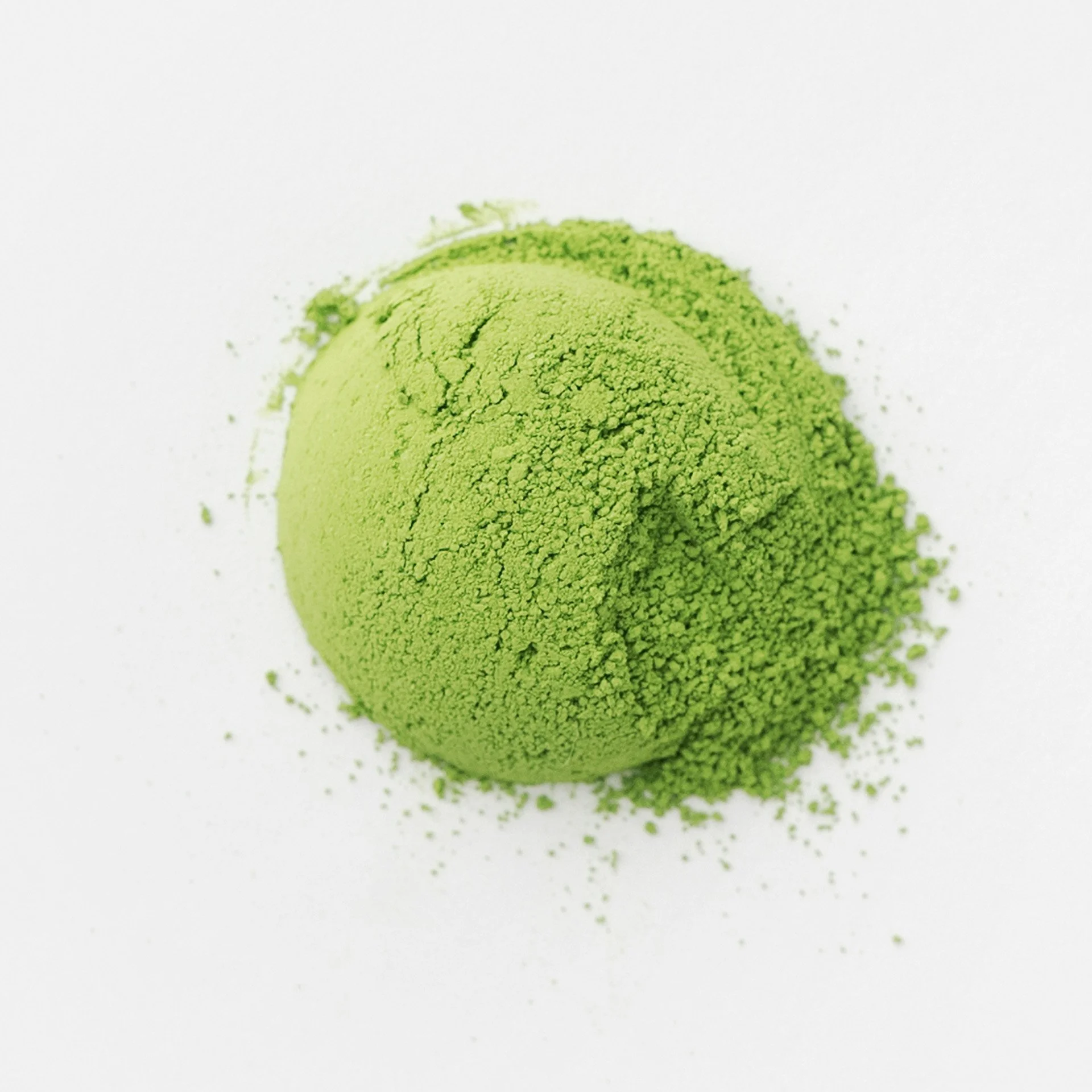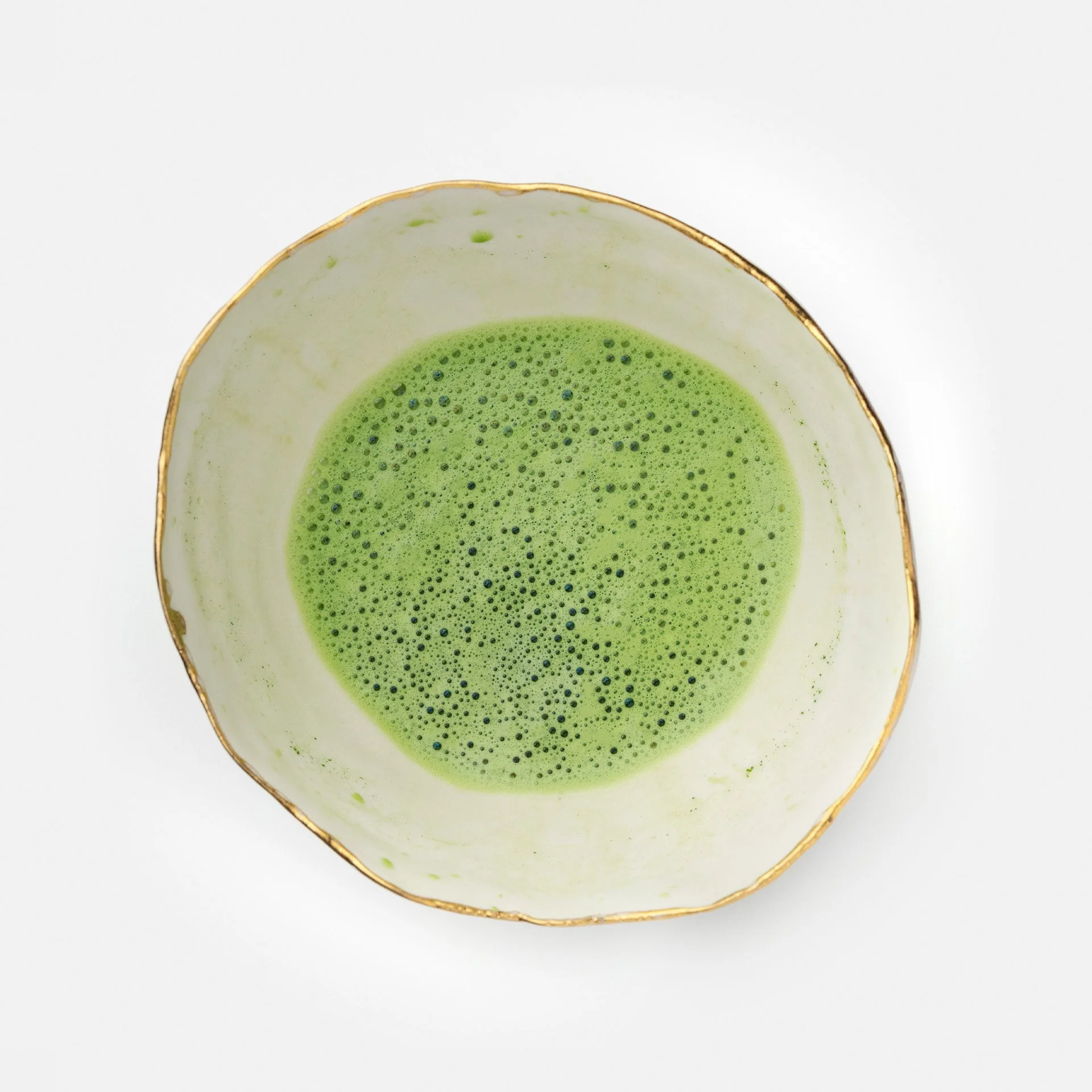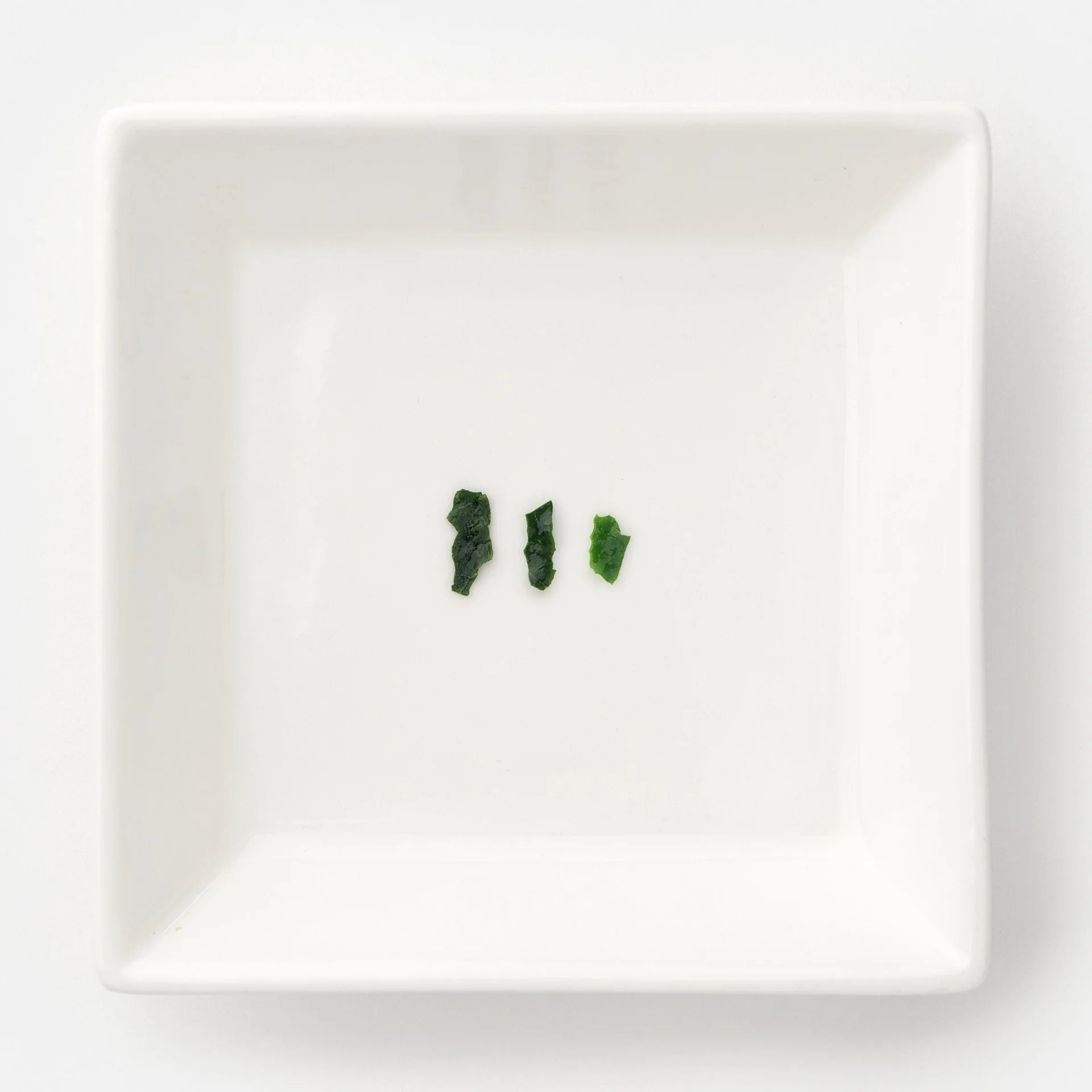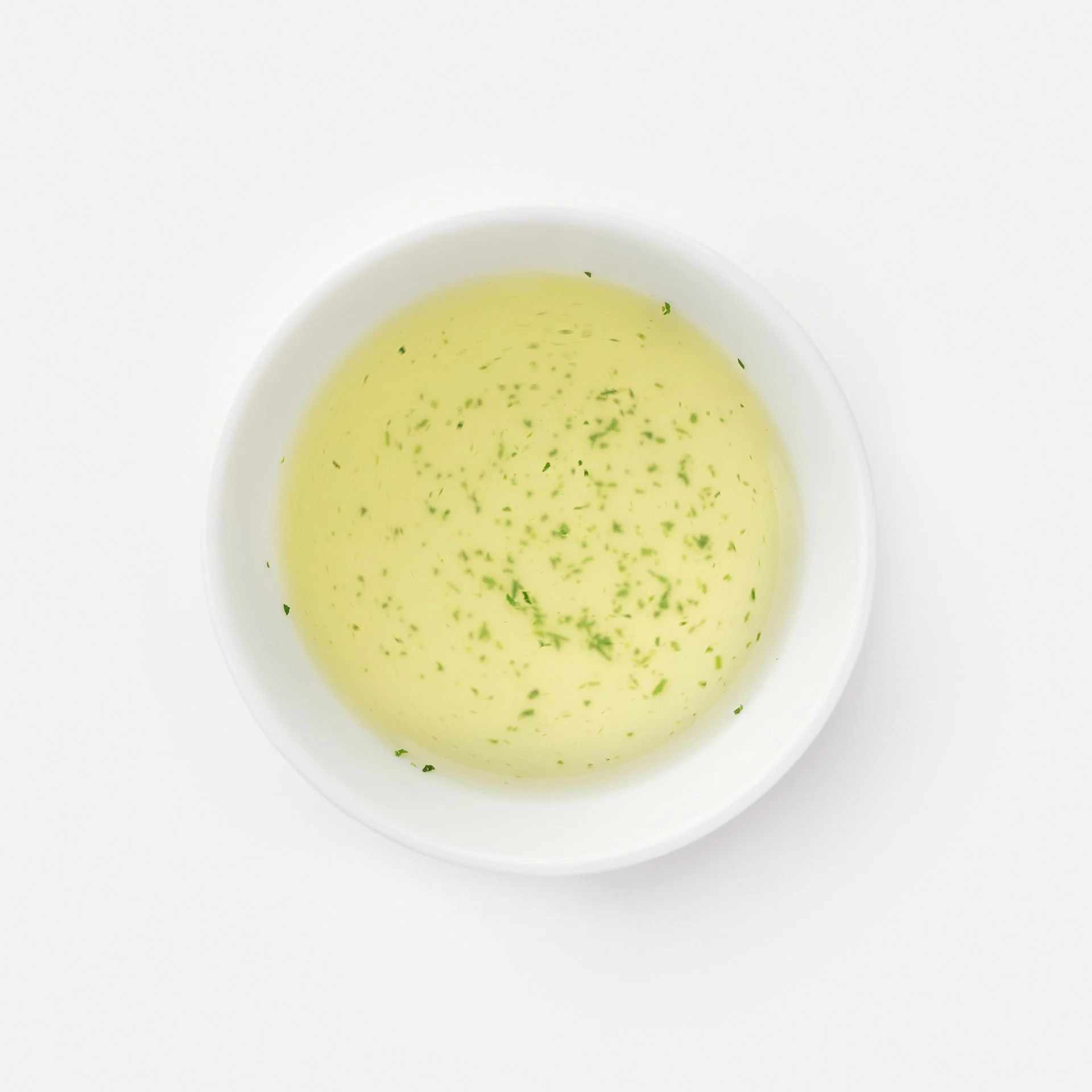Samidori (さみどり) Micro-Terroir Uji Matcha
Matcha Mill Club is our monthly Matcha membership, where we stone-mill a new single-cultivar Matcha and ship it out within 24 hours of milling every month. This article details the Matcha we shipped for September 2022!
Vintages
My interest in fine tea began with Chinese teas. It was years later before I began to study Japanese tea. I’m thankful for this as I can see the contrasts between the two categories of tea. One of the more fundamental differences between the two is regarding the concept of vintages.
Vintage refers to the year of the crop. In Chinese tea, the new years vintage of green tea is typically more desired - as Chinese green tea will begin to lose its luster after a year as it is not common practice to cold store and vacuum seal Chinese tea.
Some categories of Chinese tea can be aged, though green tea can not be. (With the exception of Sheng Pu Er which you can learn more about here. Though there is a difference between aging tea, and storing tea for future use.
Japanese tea, specifically Tencha (unground Matcha) is vacuum sealed and refrigerated. Typically the near years vintage is not inherently more desirable than the previous year. Put simply: what matters with Matcha is the grinding date, not so much the harvest or vintage date.
VINTAGE - STORAGE VS AGING
So here we have one of our first differences: when it comes to Vintage, Japanese tea is stored for later use - preserving the original characteristics of the tea, while Chinese tea is aged to alter the characteristics of the tea. (Generally speaking.)
What makes the Japanese method so interesting is that I can (and will) keep some Tencha from 2021 (for example) around in my freezer for next year, and grind it to compare with the new 2022 tencha from the same cultivar, and producer. This means you can scientifically compare Matcha from one vintage to the next - side by side! How exciting is that? In Chinese tea, this is impossible - as the tea will change characteristics by the time the next year’s vintage arrives.
With that said, there is something deeply exciting about the new years crop of Tencha. This Matcha is made from the 2022 crop, which will be our first 2022 Matcha to Ooika!
GOKASHO
I haven’t yet touched on the actual Matcha for September, which is our Samidori Matcha Gokasho Tezumi (さみどり). In my opinion, Gokasho is one of the best terroirs in all of Japan. It’s also impossibly small - so I am deeply thankful to the farmer for allowing me to purchase some of their Tencha (despite how young Ooika is.)
Let me paint you a picture of the sourcing: This producer’s farmer is on the actual bank of the Uji river, in Gokasho, Uji, Kyoto. Not near it, but on it. This leads to the tea plants’ having fantastic growing conditions: firstly, the sun heats the river, lifting fog on warmer days - diffusing the light. Next, the bank of the Uji river is sandy, which provides excellent drainage. The crown jewel, of course, is the natural minerals and nutrients that the river provides.
As far as the Cultivar, we have the balanced and economical Samidori, which truly shines under these conditions. I’d strongly recommend you to try this Samidori from Gokasho against the Samidori from Shirakawa we sell and was our Matcha a few months back. I love comparisons - and here we can taste the differences between two Samidoris, both from Uji, both 100% handpicked - but in different micro terroirs from different farmers.
We’ve also updated the Matcha Mill Monthly to be called the Matcha Mill Club. A bit easier to say – and we’ve made it standard practice to now always include the unground Matcha (known as Tencha) of the Matcha of the Month. We’re thrilled to be (the only?) Matcha Miller does this. While this is not standard practice by any means, I feel like it gives a more complete picture of the Matcha.
See you next month!





